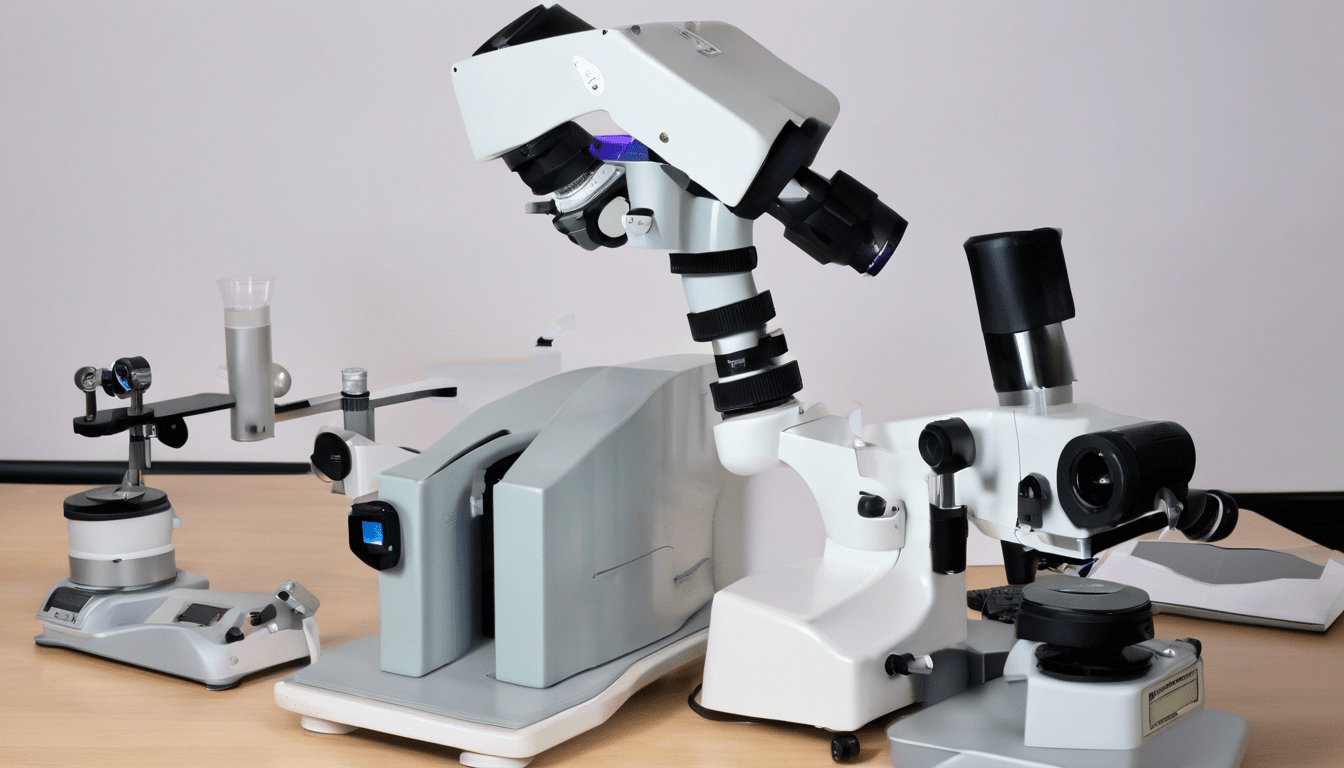Refurbished refraction units offer optometry practices a reliable way to balance performance with budget concerns. These expertly restored systems deliver precise vision testing while preserving advanced features found in new models. Choosing refurbished equipment maximizes space and efficiency without sacrificing quality, making it an attractive solution for clinics aiming to upgrade technology affordably and confidently.
Finding Quality, Affordable Refurbished Refraction Units for Optometry
Sourcing reliable refurbished refraction units significantly helps optometry practices control budgets while maintaining high clinical standards. This page explains it in detail: https://dss-optical.com/category/refraction-optometry/refraction-unit/. Leading suppliers typically feature established brands like TOPCON, ESSILOR, NIDEK, and Frastema, all recognized for consistent performance and durability in demanding clinical settings.
Additional reading : Innovative non-invasive approaches for uk cardiologists in managing aortic dissection: discover leading care practices
Selecting a refurbished system often comes with perks such as a comprehensive warranty, detailed reconditioning documentation, and clear return policies. Vendors generally support installation and staff training to ease integration into various practice environments, from new setups to expansions. Most reputable platforms conduct rigorous refurbishing: equipment is tested for accuracy, recalibrated, and cleaned, resulting in gear that performs comparably to new.
Pricing for used or refurbished refraction units often ranges from modest to premium depending on age, features, and included accessories. Flexible buying options allow practitioners to select automatic or manual devices, compact stations for small spaces, or combi units for multi-exam needs. Immediate next steps for buyers include shortlisting suppliers based on support and stock—assuring long-term value while minimizing setup headaches.
Also to read : Top 5 reasons to choose affordable refurbished refraction units
Evaluating Refurbished Refraction Units: Features, Quality, and Brands
Specification highlights: manual vs automatic refraction systems, feature sets, and ergonomic options
Manual refraction units are valued for their affordability and adaptability, making them accessible for clinics prioritizing budget and simplicity. These systems often feature precise mechanical adjustments and can be tailored for teaching or portable setups. In contrast, automatic refraction devices provide rapid, consistent measurements with advanced lens detection and digital controls, reducing operator error and streamlining tests in busy practices. Both options may incorporate ergonomic touches, such as electrically adjustable chairs and compact footprints, to accommodate space constraints.
The refurbishment process: quality assurance, calibration, and certification procedures
Every certified pre-owned refraction system undergoes a structured refurbishment process. This includes initial inspection, repair or replacement of worn components, and a full calibration to ensure clinical accuracy. Leading suppliers ensure that each unit meets or exceeds original manufacturing standards. Comprehensive documentation of these processes supports transparency and reinforces trust.
Notable product models and brand comparisons for optometry clinics
Brands like TOPCON, ESSILOR, NIDEK, and Frastema stand out for their reliability and advanced feature sets. Their refurbished units regularly integrate essential functions—Red/Green filters, multiple lamp house options, integrated control panels—and deliver the robust performance optometry clinics need in 2025. Suppliers certify these models and offer warranties, supporting long-term use.
Buying Considerations and Long-Term Value of Refurbished Refraction Units
Long-term cost efficiency and environmental advantages of choosing refurbished over new equipment
Refurbished optometry equipment delivers significant cost savings for practices. Choosing pre-owned or reconditioned units usually means lower upfront investment, freeing up resources for other priorities. This cost efficiency extends over the unit’s lifecycle due to durable engineering and reliable performance, provided proper refurbishment standards are met.
Environmentally, the reuse of optical devices reduces electronic and material waste. Optometry clinics that select refurbished—over new—help minimize their environmental footprint, a consideration gaining traction among responsible healthcare providers.
Maintenance, aftersales support, and safeguarding investments with warranties
Every refurbished unit should come with a warranty to instill confidence in buyers and demonstrate thorough quality checks. Reliable suppliers document all refurbishment steps—calibration, cleaning, and parts replacement—ensuring ongoing clinical accuracy. Many vendors also provide aftersales support and maintenance guides, making it easier to protect investments and sustain performance.
Customer reviews, supplier reputation, and risk management when purchasing used optical devices
Evaluating supplier reputation, established track records, and clear maintenance histories helps manage risk. Prospective buyers should seek transparency around refurbishment processes and warranty terms. Weighing these factors against the practice’s needs ensures both patient care standards and budgetary goals are met.







